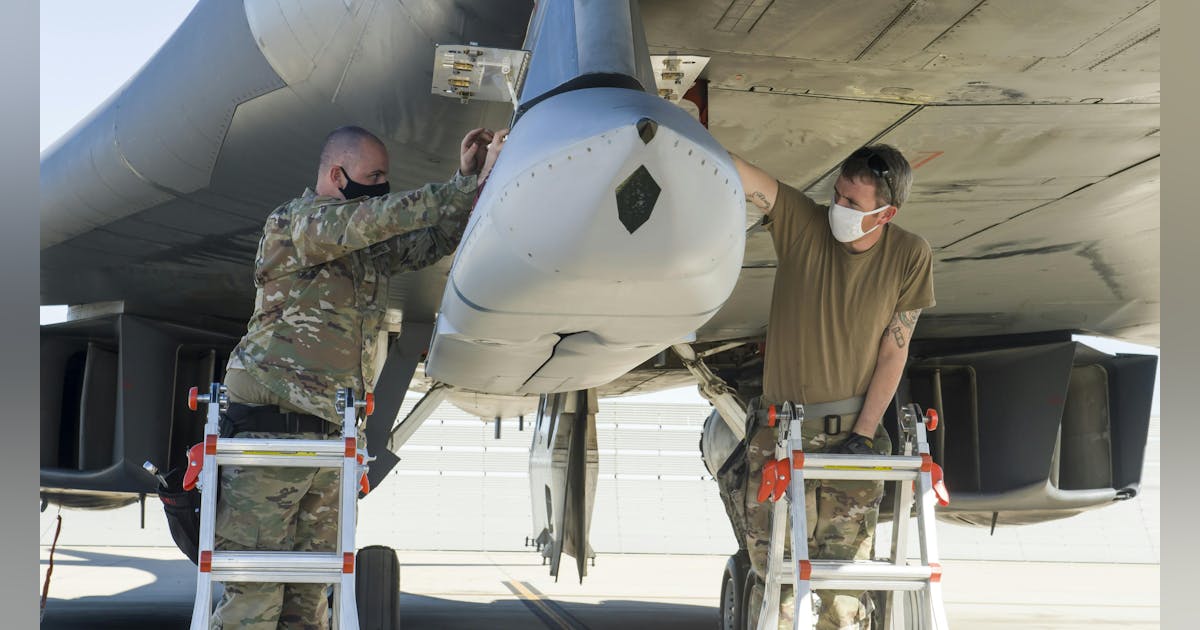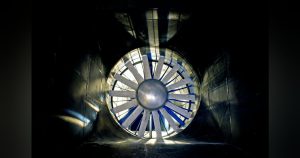The U.S. Air Force has engaged Lockheed Martin to supply cutting-edge air-to-surface missiles that merge infrared seeker technology with satellite navigation. This technological combination significantly enhances the capability, versatility, and resilience of modern precision-guided munitions.
Why Combine Infrared Seekers and Satellite Navigation?
Lockheed Martin’s newest contracts for air-to-surface missiles emphasize the synthesis of two essential guidance technologies:
- Infrared (IR) seeker: This system tracks the heat signatures of targets, vital for engaging enemy assets that might be concealed, moving, or difficult to visually identify, especially under poor weather or low visibility conditions.
- Satellite navigation (GPS/INS): Modern missiles are navigated using GPS alongside an internal inertial navigation system (INS) to chart precise courses over extensive distances, largely unaffected by jamming attempts.
- Combined effect: GPS/INS steers the missile close to its target, with the IR seeker taking over in the “terminal” phase for precise strikes, even if the target moves after launch.
This integration ensures the Air Force’s missiles can:
- Hit targets with precision in practically any weather conditions—fog, smoke, and darkness present no significant hurdle.
- Counteract enemy countermeasures—if one system is compromised, the other can compensate, securing mission success.
- Reduce risk to aircrews—missiles are deployed from standoff range, far outside enemy air defense zones.
Flagship Example: JASSM and JASSM-ER
The highlight of the new procurement is the AGM-158B JASSM-ER (Joint Air-to-Surface Standoff Missile – Extended Range), renowned as a premier air-launched cruise missile.
JASSM-ER Specifications:
| Feature | Detail |
|---|---|
| Weight | 2,250 lbs (approx. 1,020 kg) |
| Warhead | 1,000 lb penetrator/blast-fragmentation |
| Range | 500+ nautical miles (926+ km) for ER variant |
| Guidance | INS/GPS (jamming resistant) + imaging infrared seeker |
| Carriers | B-1, B-2, B-52, F-15E, F-16, F/A-18E/F, and more |
| Targeting | Preplanned route to target, terminal IR guidance |
| International Use | Australia, Finland, Poland, and others |
This missile’s stealthy design enables it to bypass enemy air defenses nearly undetected, with its guidance ensuring accuracy against critical enemy infrastructures, command bunkers, and mobile missile launchers.
Expanded Capabilities: What’s New in This Order?
The Air Force’s latest procurement request highlights several trends:
- Adaptation for F-35: Lockheed Martin is integrating these advanced missiles into U.S. and international F-35 Lightning II fleets, extending operational capabilities.
- Enhanced survivability: Upgrades focus on stronger anti-jam protection, ensuring satellite navigation remains reliable against electronic warfare threats.
- Hardware spares: Orders include significant hardware spares, indicating a focus on readiness and sustained operations.
- Broad platform integration: Equipping more allied aircraft aims to increase interoperability and standardization among NATO partners.
Other Advanced Offerings: The Joint Air-to-Ground Missile (JAGM)
Lockheed Martin is advancing the JAGM-MR (Joint Air-to-Ground Missile – Medium Range), which includes a unique multi-mode seeker:
- Guidance: Semi-active laser, millimeter-wave radar, and near-infrared for enhanced flexibility against moving and countermeasure-equipped targets.
- Range: Over 16 km when air-launched, providing significant standoff distances for helicopters, drones, and fast jets.
- Fire-and-forget capability: Pilots don’t need to guide the missile to target, reducing exposure in dangerous airspace.
Case Studies & Real-World Applications
Stealth in Action (JASSM in Service): During international exercises, B-1B bombers successfully launched JASSM-ER missiles beyond 500 nautical miles, targeting camouflaged assets deep within defensive zones.
International Partnerships: Australia, Finland, and Poland integrate these missiles into their air fleets for deterrence and rapid response roles.
Challenges and Forward Outlook
Countering Advanced Defenses
Modern adversaries deploy jammers, decoys, and stealth-detection radars. By utilizing multiple seekers—infringing, radar, laser, and GPS—the latest missiles are designed to adapt and overcome advanced countermeasures.
Integrating with Fifth-Generation Fighters
The F-35 Lightning II is being adapted for these missiles, necessitating external mounts on some aircraft, which impacts stealth and loadout considerations.
Modularity and Evolution
Lockheed Martin’s modular seeker designs allow for swift upgrades or replacements of guidance systems to counter emerging threats and advancements, maintaining technological superiority.
Industry, Budget, and Strategic Context
The Department of Defense invests hundreds of millions of dollars annually in these technologies, emphasizing the priority of equipping U.S. and allied air fleets with the latest advanced strike munitions.
These investments not only modernize weapon inventories but also drive forward industry advancements, supporting high-skill jobs and supplier networks across the U.S. and allies.
Why Is This a Big Deal?
- Pilot safety: Allows strikes from outside hostile zones.
- Precision & flexibility: Capable of striking moving or concealed targets with pristine accuracy in any weather, day or night.
- Deterrence: A strong signal of U.S. and allied technological mastery, helping to prevent conflicts.
Bottom Line: The Air Force’s pursuit of air-to-surface missiles featuring infrared seekers and satellite navigation represents a substantial leap towards survivable, versatile, and truly intelligent munitions poised to redefine aerial warfare for the foreseeable future.













